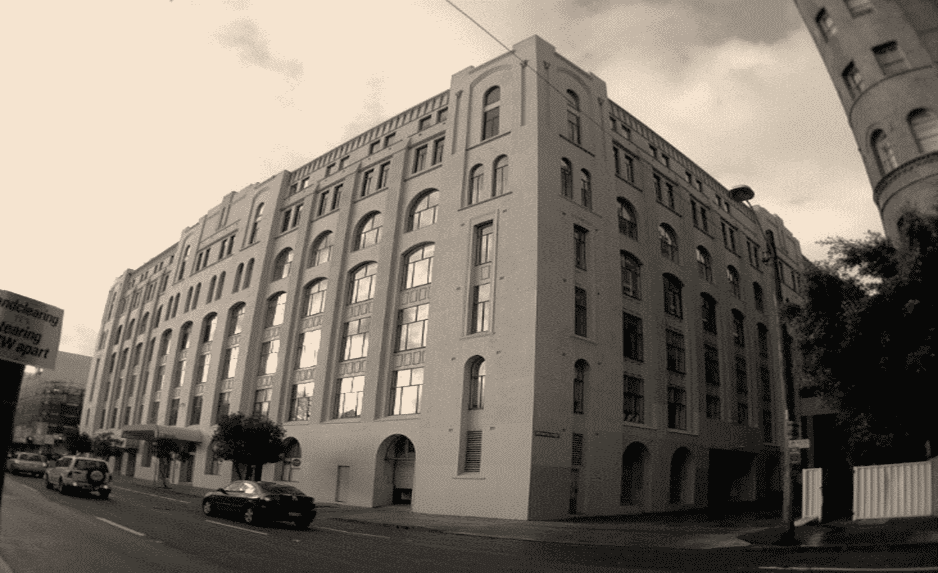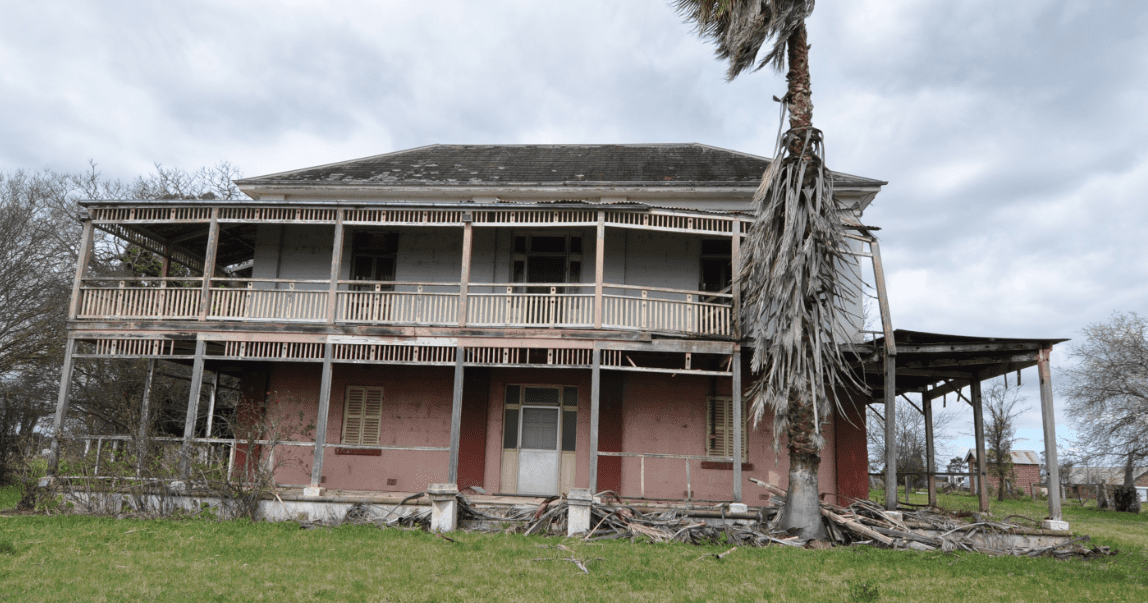Professional Associations
The NSW Planning White Paper which is about to be introduced into parliament is not very heritage friendly. The incoming legislation appears wont to remove many environmental controls from NSW’ planning system; presumably to free up development, cut red and green tape and keep the state open for business. At this juncture, it is important to think about how a good set of conservation policies would work especially for locally heritage listed places in NSW.
Heritage policy for development within an historic context needs to be seen as enabling. Development of heritage places ought to be considered unacceptable in planning terms if they fail to generate public benefits. Such development can only ever be justified if it meets the public interest test. On the other hand, it needs to be recognised that owners and developers of heritage places face costs and limitations in excess of those suffered by owners of non-heritage places. The key public benefit to significant places is the securing of a long-term future for the heritage place. Yet 90% of heritage listed places in Australia are in private ownership. Local authorities need to monitor the condition of their significant places and where necessary use their statutory powers to limit deterioration. The complex task of assembling (by the applicant) and assessing (by the planning authority) an application involving the development of a heritage place must be assisted by strong policies clearly articulated through local development frameworks in a consistent manner. Both applicants and planning authorities need access to the right range of professional skills from the outset. Full information is necessary to demonstrate physical impact and to establish and quantify owner’s needs. The financial considerations involved are fundamental to any decision affecting the longevity of designated cultural built heritage. Local authorities are empowered to demand it. Policies need to be crafted as a type of public subsidy in which it is recognised that owners of heritage buildings ought to receive some form of compensation for the de facto curatorial role that they fulfil. Compensation can be monetary or jurisdictional. In the case of the latter, there is a range of planning incentives such as plot bonuses, development credits, transferrable development rights and credits, land tax and rate exemptions and other forms of planning advantage or relief. However, the granting of compensation for owners needs to be subject to the same degree of financial scrutiny, transparency and accountability as applied to our national income tax regime involving fairness, consistency and the widest net possible. Providing incentives and planning innovation would increase the interest in and awareness about heritage places and turn owners from reluctant opponents to willing participators in the good cheer of heritage which is ultimately defined as a public benefit.
Assessment is an interactive process between planning authorities and applicants. As a process, it needs to involve communities which may be affected by the development. Management strategies must be compatible with the historic form, character and fabric of the place and be financially viable too. This requires that heritage places need to have positive market value upon completion of repair and return a beneficial use to communities. Long term responsibility for the item must be facilitated by the owners’ ability to meet recurrent costs. If such costs cannot be generated by the place itself, policy solutions need to be formulated to prevent fragmentation of ownership, inappropriate development within a curtilage and destructive subdivision – all of which have a tendency to reduce the value of the heritage asset. Such solutions need to provide for self-perpetuating subsidies to private owners. Market testing is the preamble to establishing the need for subsidy. If it is found to be justified, development can legitimately be used to improve the long-term viability of heritage places where subsidies are provided. However, appropriate measurement is required to support a determination as to whether the extent of the proposed works, the costs, the profit levels and the anticipated final values are fair and reasonable. Measurement is expensive, case specific and difficult to implement by local governments. Developer and owner profit needs to be considered together with taxation issues and subsidies for conservation will need to be limited to necessary minimums in order to avoid mendicant rent seeking by applicants.
Significant places are a finite and irreplaceable resource. Sustaining them is thus a high priority, but costs must be proportionate to the heritage values of the place and the cost of implementing policies of this nature must be proportional to benefits enjoyed by the whole community. If the balance of advantage for heritage owners clearly lies in approval, planning permission should always be granted. However, legally enforceable arrangements need to be put in place to ensure that the commercial element of any development involving a heritage place cannot be taken or used until the heritage benefits have first been delivered. Invariably, a bond needs to be put in place to ensure performance. The implementation of development in the context of an historic setting must be coupled with the delivery of planning obligations and the discharge of conditions. Planning authorities need to actively and formally monitor potential breaches of obligation. Heritage policy needs to be evenly and equitably applied in a consistent, legible and predictable manner. Otherwise policy innovation will fail.


Paul Rappoport – Heritage 21 – 22 February 2013
Related Articles

Incentivising Ownership of Heritage Buildings
In response to the recent enquiry by the government relating to the NSW Heritage Act, I made the following recommendation.…
Read more
Does the NSW Heritage Act Reflect the Expectations of the NSW community?
In the recent NSW Heritage Act inquiry, I submitted a series of recommendations to the government seeking community response in…
Read more
A New Heritage Council for NSW
In the recent NSW Heritage Act inquiry, I submitted a series of recommendations to the government seeking community response in…
Read more
Heritage has become increasingly Litigious, Mysterious and Flaccid
I have been practicing as a heritage architect in NSW for the last 30 years and during that time, I…
Read more

Need help getting started?
Check out our guides.

Complete the form below to contact us today.








